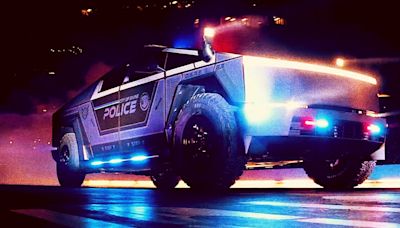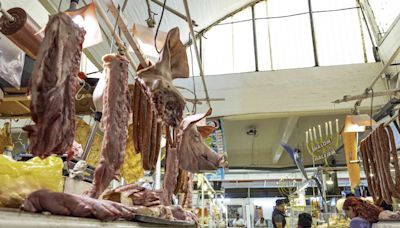Search results
Oct 25, 2019 · So correct answer is $$ {13\choose1} {4\choose3}{12\choose2}{4 \choose1}{4 \choose1} $$ which has pretty simple explanation choose 1 card of a value and choose 3 suits. choose 2 cards of different value from rest and suit can be anything so choose any one suit
If your poker hands have five cards, we can count them as follows: Select the rank of the 3-of-a-kind: there are (13 1) (13 1) ways of doing this; Select the suits of the 3-of-a-kind: there are (43) (4 3) ways of doing this; Select two ranks from the remaining twelve ranks; there are (122) (12 2) ways of doing this; Select the suit of the ...
Mar 1, 2016 · You have the probability that the first three cards you draw will be the same and the next two both different. $~$ However, the order of drawing the cards should not matter. $~$ Hence you should multiply your result by $\frac{5!}{3!2!}$, the count of ways to select places for the three of a kind.
1. You have 65 total outcomes. To get 3 of one type, you need to calculate (61)(53) × 5 × 4: 6 choices for the number of 'kind', (53) ways to allocate them, 5 choices for the first and 4 for the second. This last step is because, e.g. 3, 4 and 4, 3 must be counted as different outcomes. Share.
Oct 4, 2017 · How many ways to get a three of a kind are there? You need to choose a rank for the triple, $\binom {13}1$ choices. You need to choose three of that rank, $\binom 43$. You need to pick two other ranks, $\binom {12}2$, and you need one card from each $\left( \binom 41 \right)^2$ So just multiply those, and divide by $\binom {52}5$. $\endgroup$ –
May 8, 2018 · Total: The probability that exactly three of the dice display the same number is found by adding the probabilities for three of a kind and a full house, which yields 1200 65 + 300 65 = 1500 65 as the given answer states. Check: We know that the total number of outcomes is 65 = 7776. All different: There are (6 5) ways of selecting five ...
The following is the problem put to me: A 5-card poker hand is dealt from a well shuffled regular 52-card playing card deck. Find the probability that the hand is a Flush (5 nonconsecutive cards e...
Feb 14, 2019 · c) Three of a kind. (Three cards of equal face value, and two cards with face values that differ from each other and the other three). 13 ranks, we want to pick 3 cards of the same rank. $\binom{13}{1}\binom{4}{3}$. Now we want two cards that have different face values from the three picked, and each other.
The remaining three slots will then contain the three of a kind. So, there are $6\cdot5\cdot{7\choose 4}$ different ways to obtain a three of a kind and 4 of a kind. Since outcomes are equally likely here, the chance of obtaining a three of a kind and 4 of a kind is as you stated.
Jun 9, 2016 · First, because there are 13 sets of four-of-a-kind, number of ways of selecting one of the 13 ranks is $\begin{pmatrix}13\\1\end{pmatrix}$ Then, once you have chosen the rank, the number of ways to draw the other three cards of that rank is $\begin{pmatrix}4\\4\end{pmatrix}$ Finally, the number of ways to draw the last card. which is to choose from 48 other cards: $\begin{pmatrix}48\\1\end ...






